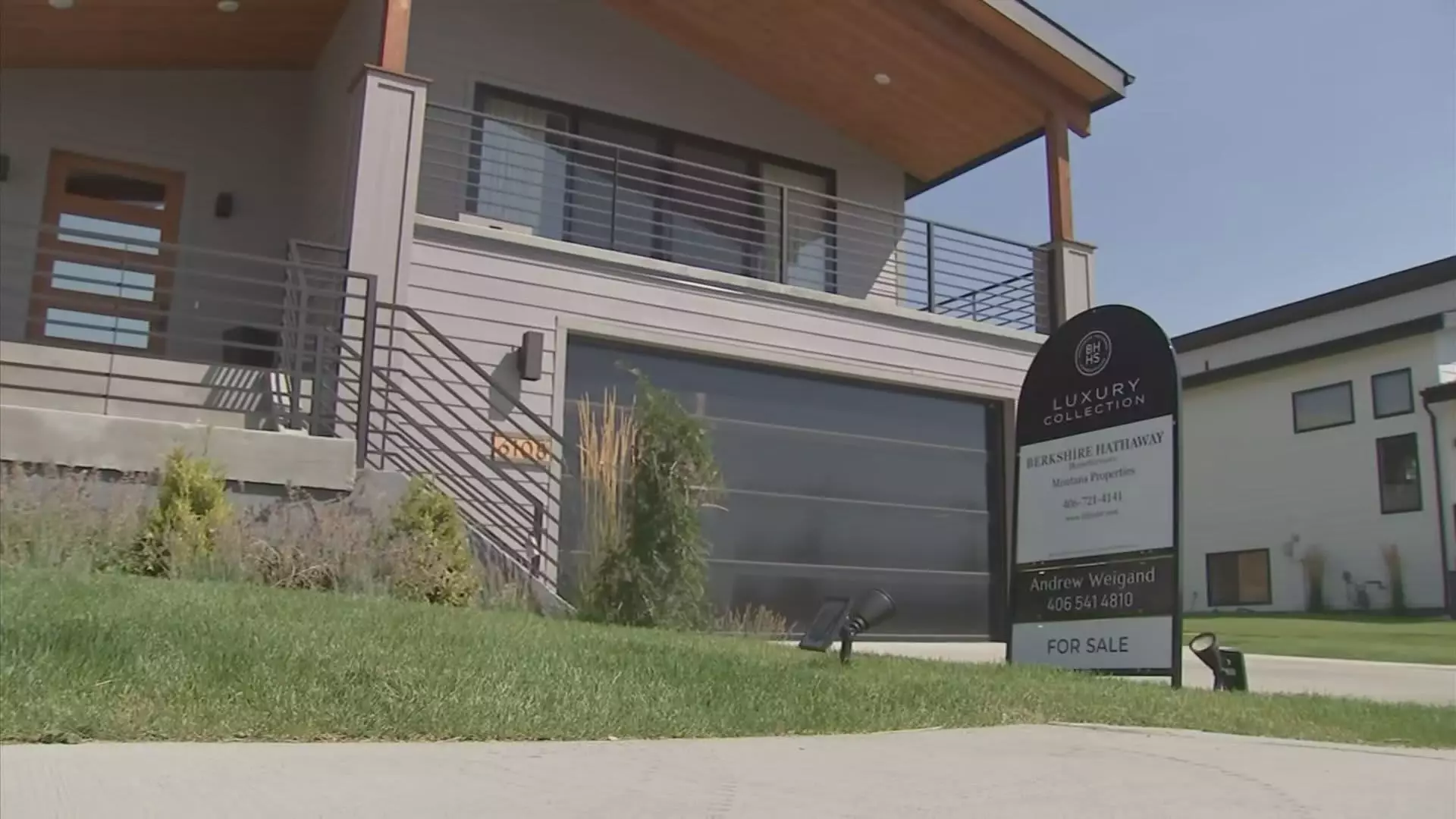The pursuit of homeownership has long been a hallmark of the American Dream, serving as a significant milestone for many families. However, for first-time homebuyers looking to make that leap in 2025, the landscape appears more daunting than ever. With a shrinking inventory of affordable starter homes, many enthusiasts may find their aspirations out of reach. Industry experts argue that the erosion of these crucial entry-level properties stands as a correlating factor to an increasingly challenging housing market, making it necessary to probe the causes and consequences of this troubling trend.
Generally characterized by their smaller size, starter homes are properties ideally suited for new buyers seeking their first foray into homeownership. Traditionally, these homes are no larger than 1,400 square feet and serve as an essential stepping stone on the property ladder. However, statistics from 2023 reveal a stark reality: only 9% of new homes constructed in the United States fit this category, a significant drop from 40% in 1982 according to the Census Bureau. This alarming decline signifies a fundamental shift in the market, with starters becoming increasingly scarce.
Experts attribute the decrease in starter homes to a combination of local zoning regulations and rising construction costs. Local governments impose zoning laws that dictate the type of housing that can be constructed in specific areas. Unfortunately, these restrictions have made it financially unfeasible for builders to focus on affordable or smaller residences. Sam Khater, chief economist at Freddie Mac, succinctly states, “They can only build high-end single-family and high-end multifamily homes.” Essentially, builders are finding it economically impossible to cater to first-time homebuyers as market conditions pivot towards producing luxury properties.
Moreover, the difficulties do not end there. The S&P CoreLogic Case-Shiller U.S. National Home Price Index indicates that home prices have surged by over 52% from January 2020 to October 2024. Concurrently, construction expenses have skyrocketed, with labor and materials increasing by approximately 50% over the last decade. An even more staggering development has been the sharp rise in land costs, which have multiplied by more than 2.5 times during the same period. This combination of inadequate land availability and excessive costs feeds a cycle that further constrains the supply of affordable housing.
The effects of the 2007-2008 financial crisis are still reverberating through the construction industry. Following the recession, the number of new home constructions fell significantly, leading to consolidation among builders that has hampered housing availability. As of now, annual new home construction rates remain notably below pre-crisis levels, leaving many aspiring homeowners with fewer choices. One contributing factor to this trend is existing homeowners’ reluctance to sell; many are locked into their current properties due to historically low mortgage rates. This dynamic exerts considerable pressure on the marketplace, continuously pushing prices upward as potential buyers compete for a dwindling supply of available homes.
Interestingly, the demographic landscape for first-time homebuyers has undergone a significant shift, with the median age climbing to an unprecedented 38 years in 2024. This marks a considerable increase from the average age of 29 in 1981, highlighting the challenges new buyers face in today’s market. As Jessica Lautz, deputy chief economist at the National Association of Realtors, points out, “It is such an unusual market because we have an all-time low of first-time home buyers, but an all-time high of all-cash buyers.” This reality creates a paradox: young aspiring homebuyers find themselves sidelined while cash offers, often from more affluent buyers, dominate the landscape.
The current crisis involving the disappearing starter homes underscores a pressing need for meaningful reforms in housing policy, zoning regulations, and construction strategies. If first-time homebuyers are to have a fighting chance in the housing market, collaborations between governments, builders, and financial institutions are essential. Only through an innovative and concerted effort can we hope to restore accessibility to the once-vibrant entry-level home sector, thereby reinforcing the dream of homeownership for generations to come.

